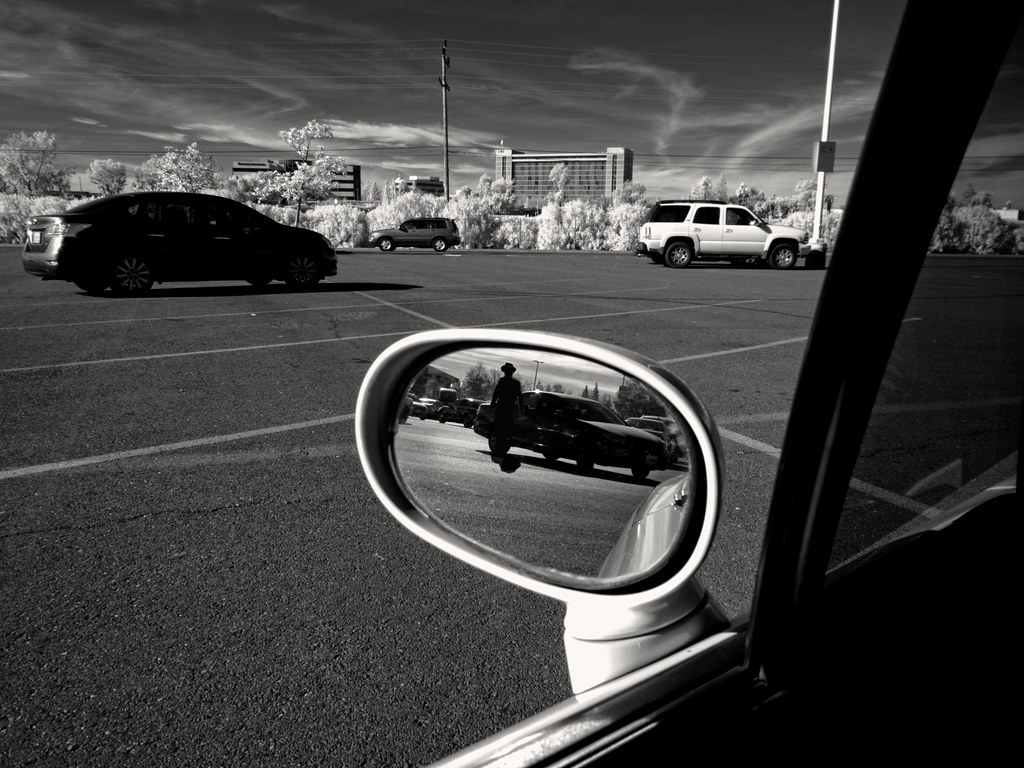Counter-surveillance is, without a doubt, one of the most effective and underused methods in executive protection. Despite being a long-known technique, its potential is virtually untapped in executive protection operations.
Recent and unfortunate attacks in Mexico City support this point of view. In attacks such as the one at Norberto Rivera’s house in 2018, the assassination attempt on the Mexico City Chief of Police, Omar García Harfuch, in 2020; restaurant entrepreneur Eduardo Beaven in 2021, and Gabriela Sanches and Ciro Gómez Leyva in 2022; subsequent investigations revealed that the victims had been under hostile surveillance by criminals for months prior to the aggression, without being detected in time.
It is known that an attack on an executive lasts only a few moments, but the preparation for such an attack involves a prolonged process of observation and tracking of the target by criminals, which can last months. Counter-surveillance allows detecting and thwarting the attack in this early observation phase, thus avoiding exposing the protectee to risks and uncertainties associated with reaction.
The effectiveness of counter-surveillance is widely recognized, even by the criminals themselves. Olivera Ćirković, a former member of the infamous international Pink Panthers gang, asserts that she was never deterred by armed agents. However, if during the prior surveillance of a victim someone approached and took note of her vehicle’s license plate or identified her and asked what she was doing there, she would immediately abandon that victim.
In her own words, the most critical phase of an attack, from her perspective as a criminal, was not the moment of aggression itself, since by then the victim had been extensively studied, found distracted, and at their most vulnerable point. On the other hand, the aggressors attacked with the element of surprise, concealing their identity with ski masks, using stolen vehicles, and having other advantages in their favor.
For this reason, Olivera points out that the most critical aspect for her was not the final aggression but the prolonged process in which she observed and analyzed the victim. During this time, she could not wear a disguise, as it would draw attention, and the vehicles she used had to be legal, making them identifiable. Her greatest fear was being observed and identified by an unknown person whom she could not see or know of their existence. In fact, this is how she eventually ended up being arrested. Consequently, it is clear that high-profile criminals fear counter-surveillance much more than weapons.
If there had been a structured counter-surveillance system in the previously mentioned cases, experts in this technique would have identified the presence of the criminals in the same way it was done later, and even more easily, as they would have had teams on the ground. In this way, the attack would have been neutralized months before its planned execution, thus preventing human losses.
The question we must ask ourselves is: what more needs to happen for us to leave behind dangerous fantasies about weapons and reaction and direct our actions in executive protection towards counter-surveillance, logistics and early-warning methods, thereby avoiding the loss of lives of both the protectees and their protectors?

